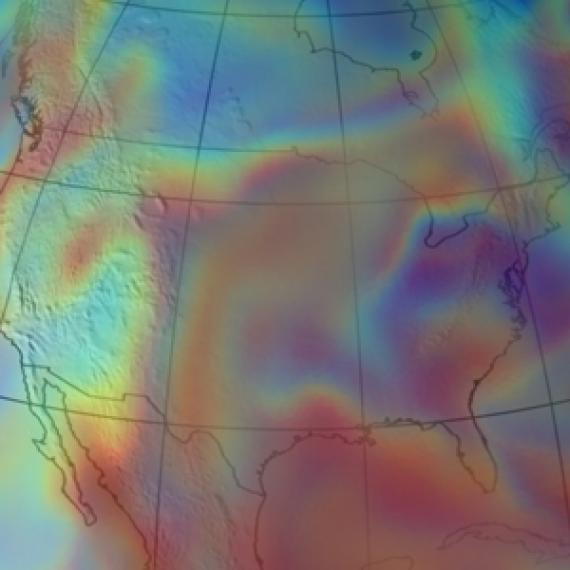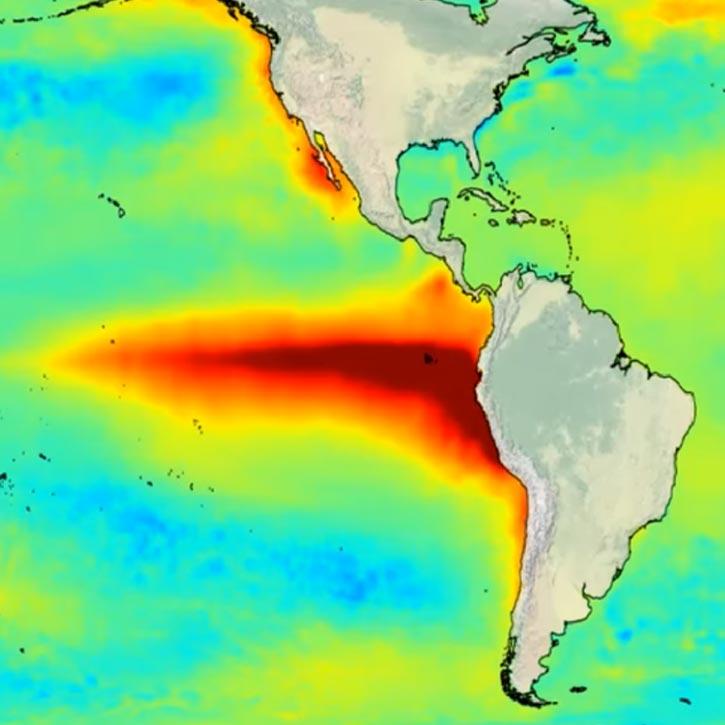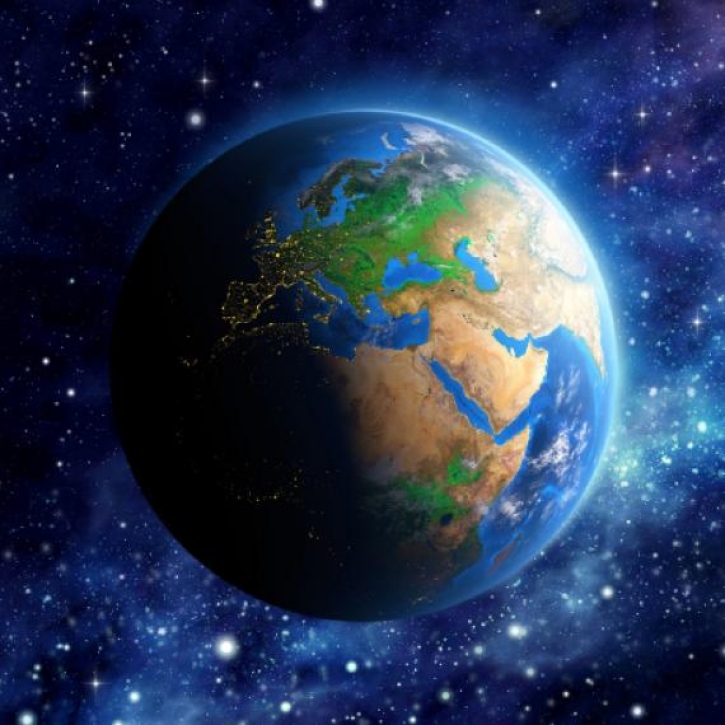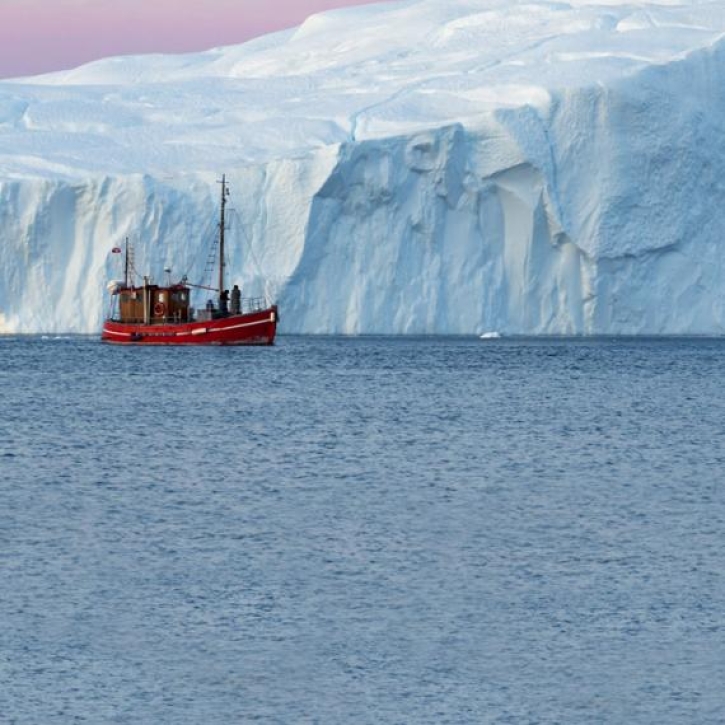

Measuring the Weather for Understanding the Climate
The first recorded instrumental weather measurements date back to the 1660’s. Until World War II meteorological measurements were carried out manually. Electronical and remote techniques started thereafter. With the launch of polar orbiting satellites in the 1970’s, the weather could be continuously monitored on a global scale for the first time.
Historic weather observations are used for understanding the climate. It is important to use the correct terminology: Weather describes the current state of the atmosphere (temperature, precipitation, wind etc.) and may change within minutes, hours or weeks. In contrast, climate refers to the average weather of a place over a longer time period, often 30 years.
The Climate Science Communications Group (CSCG) released a briefing paper (issue 3) about measurements of meteorological variables for studying the climate. The paper covers the history of instrumental weather measurements and their importance for climate studies.
Further Reading:








